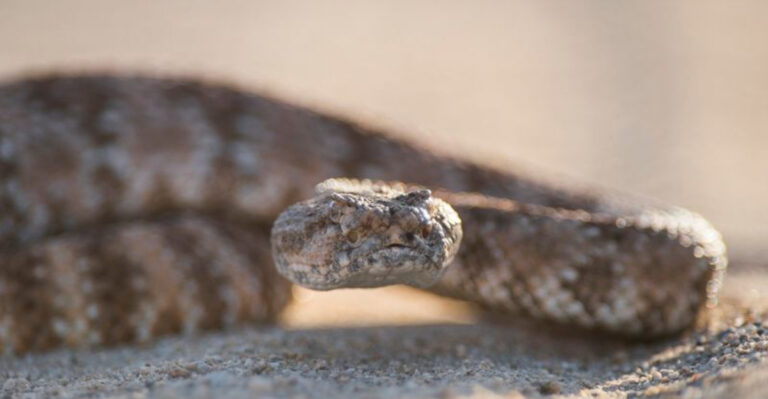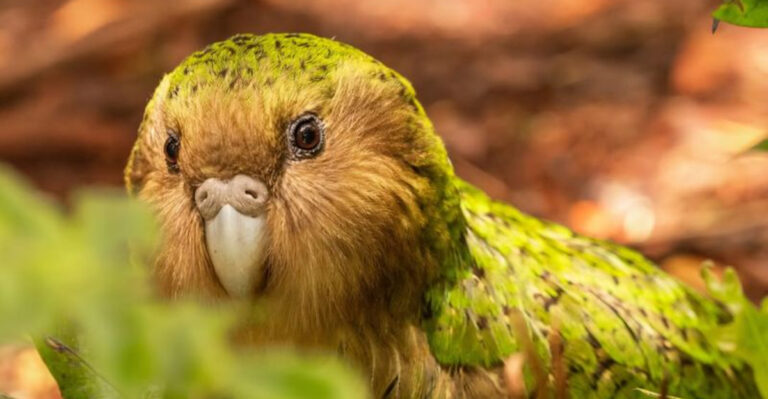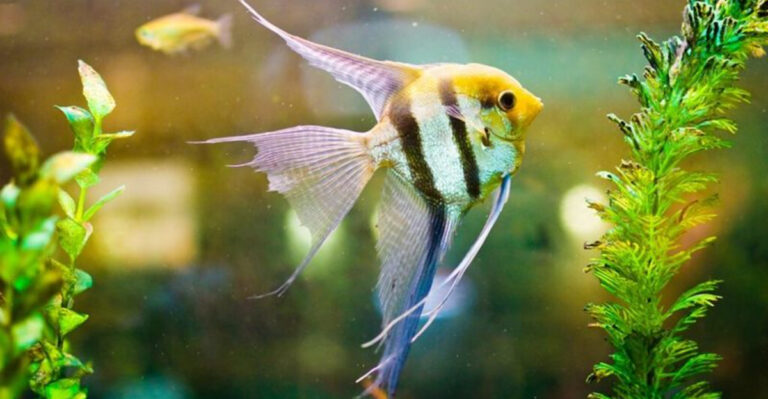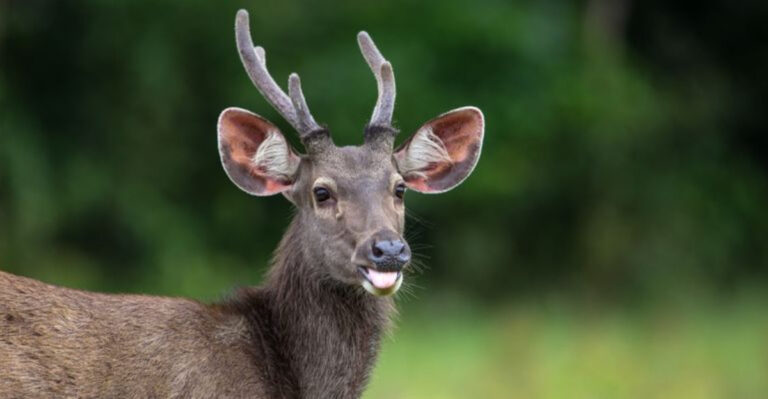17 Reasons Why Lizards Are Far Cooler Than You Think
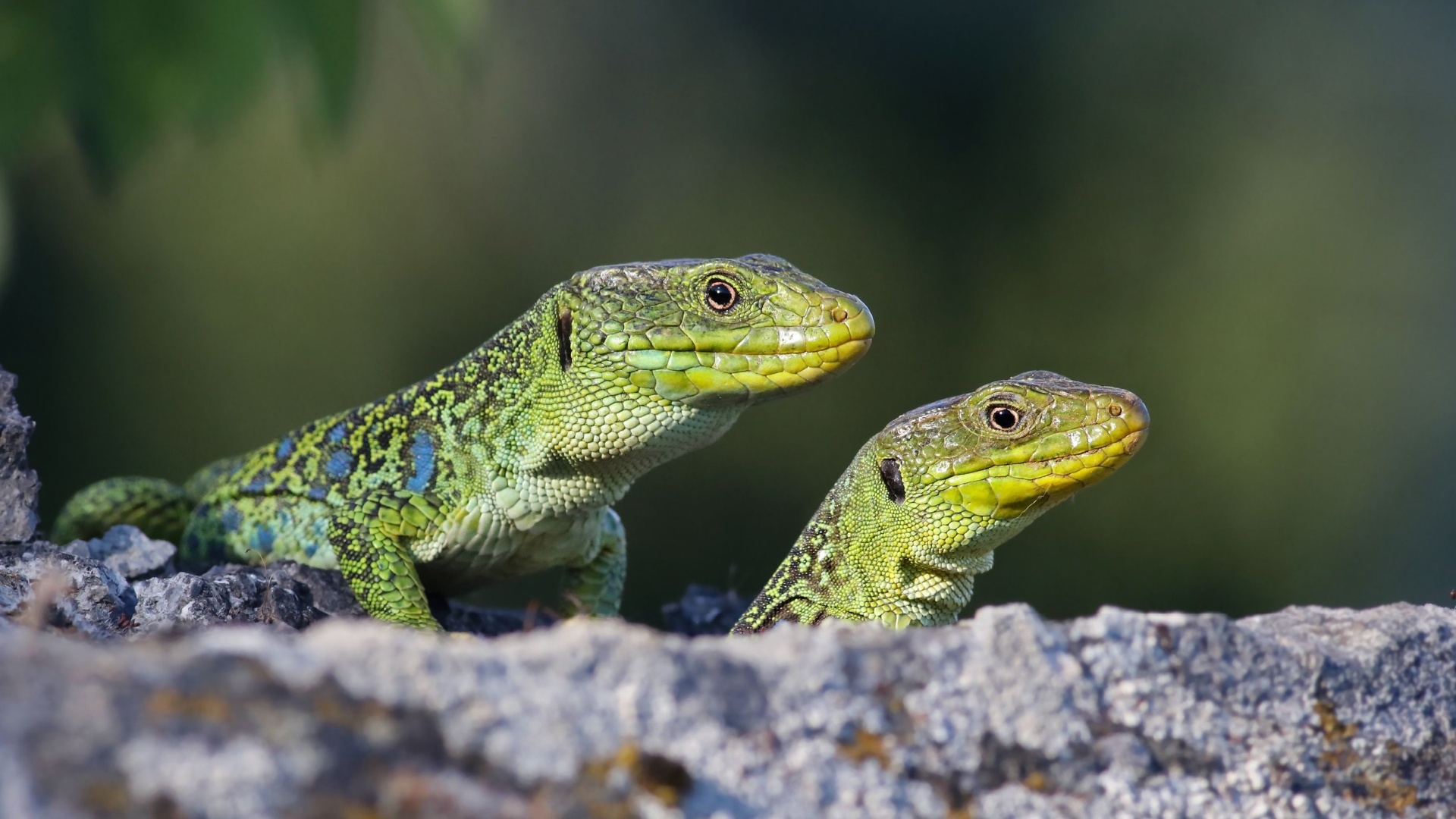
Lizards: they scuttle across the ground, bask in the sun, and are far more fascinating than you might initially believe.
From their extraordinary evolutionary adaptations to their quirky behaviors, these reptilian wonders offer an abundance of reasons to admire them.
Dive into the world of lizards with these compelling insights that will change the way you perceive these scaly creatures.
1. Master Of Disguise
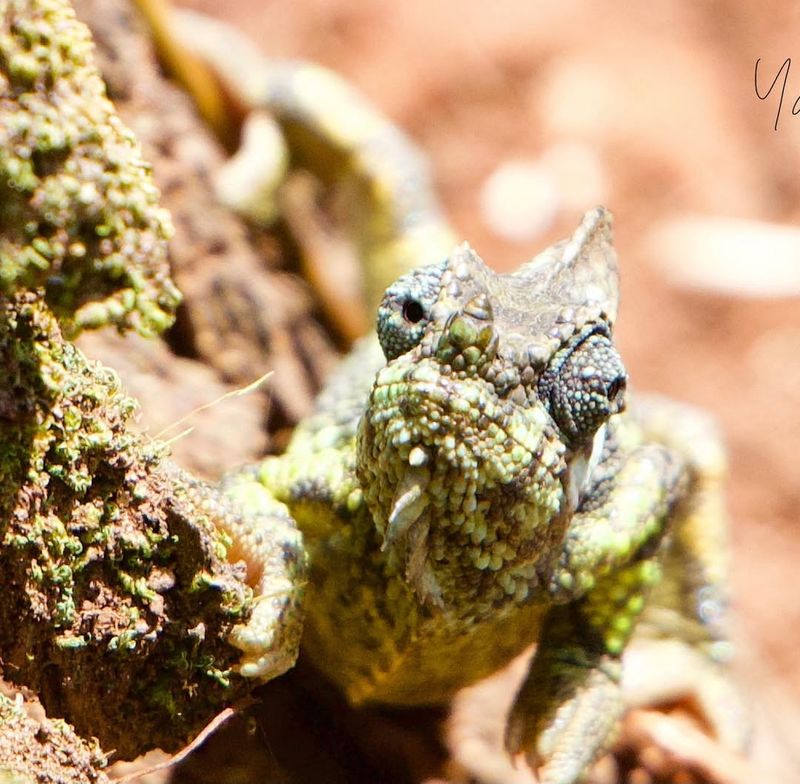
Chameleons are the ultimate masters of disguise, with their color-changing abilities that leave many in awe. Their skin can adapt to a myriad of colors to communicate emotions or blend with surroundings.
Additionally, their eyes can move independently, giving them a unique advantage in spotting potential threats or prey.
These fascinating creatures can effortlessly transition between hues, mesmerizing observers with their vivid displays.
2. Tail Regeneration
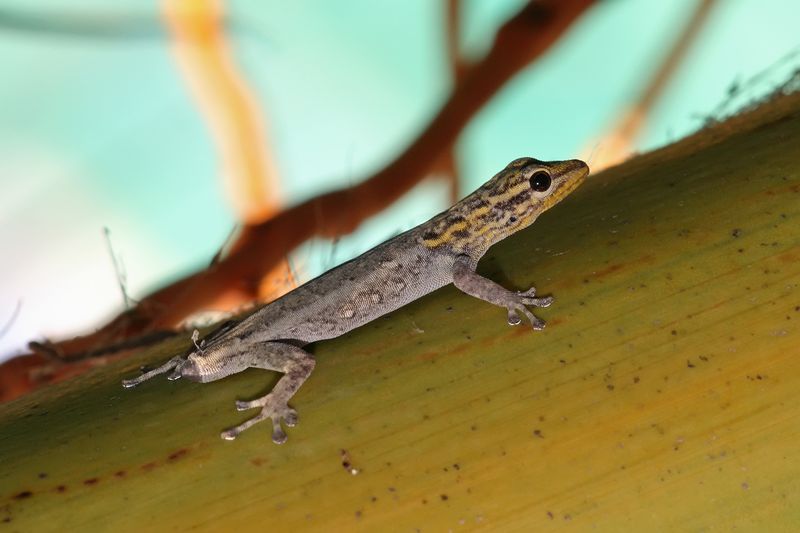
Lizards possess a remarkable biological skill: the ability to regenerate lost tails.
This adaptation serves as an effective escape mechanism, allowing them to distract predators while they make a swift getaway. The regrowth process is intricate, involving complex cellular mechanisms that scientists continuously study.
Tail regeneration highlights the resilience and ingenuity of these reptiles.
3. Thermal Regulation Experts
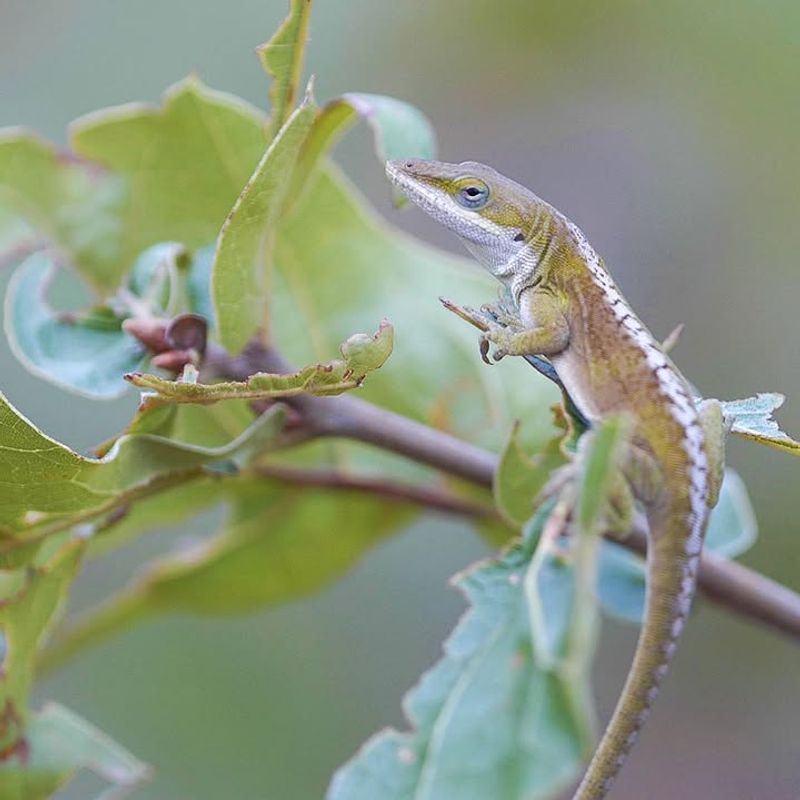
Lizards are highly adept at thermal regulation, using their environment to maintain body temperature. By basking in the sun or seeking shade, they control their internal climate effectively.
This capability enables them to thrive in diverse habitats, from deserts to forests.
Such adaptability makes them resilient survivors, capable of enduring extreme conditions with ease.
4. Unique Locomotion Techniques
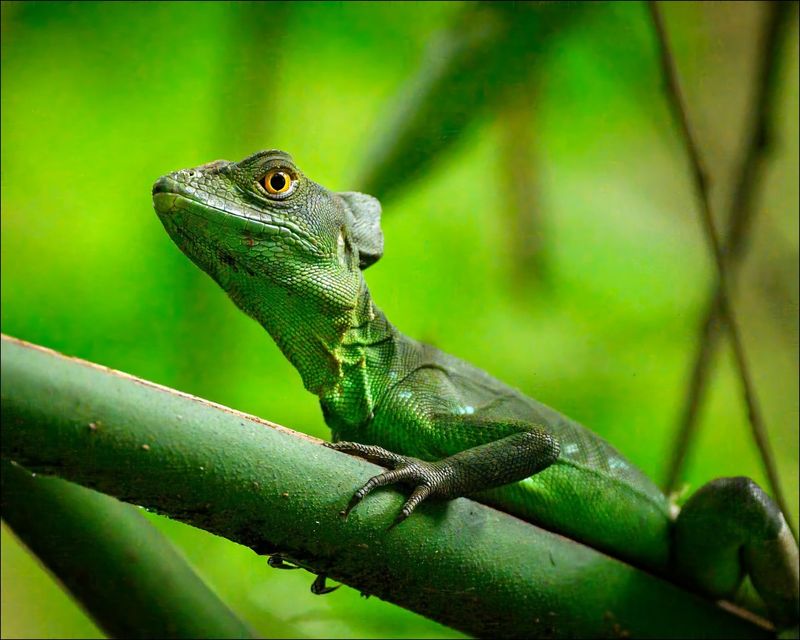
The basilisk lizard, often referred to as the ‘Jesus Lizard,’ showcases extraordinary locomotion skills by sprinting across water surfaces.
This seemingly miraculous feat is achieved through rapid leg movements and specialized toe fringes.
They also exhibit impressive speed on land, making them agile hunters. Basilisks captivate with their remarkable balance and speed.
5. Night Vision Specialists
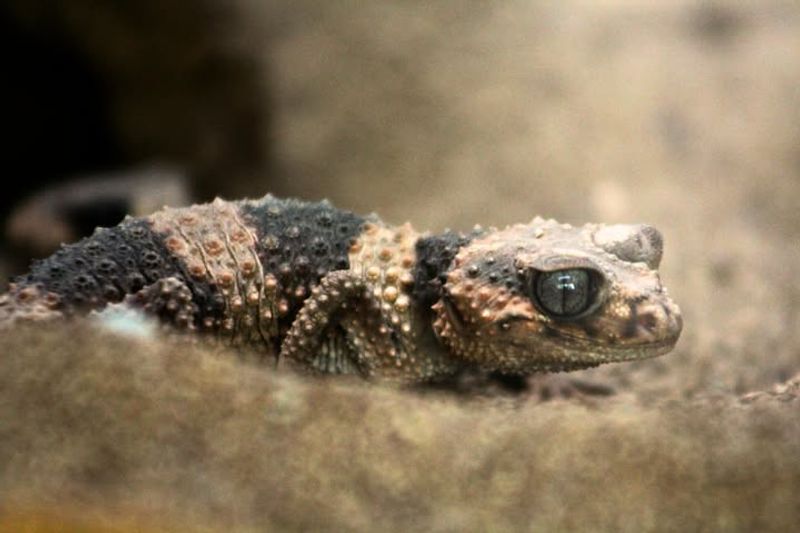
Lizards like geckos are equipped with exceptional night vision, enabling them to hunt effectively in darkness.
Their eyes possess special cells that enhance light sensitivity, providing a clear view in dim settings. This adaptation gives them an edge over many nocturnal predators.
Their ability to see clearly at night reinforces their impressive survival strategies.
6. Efficient Pest Controllers
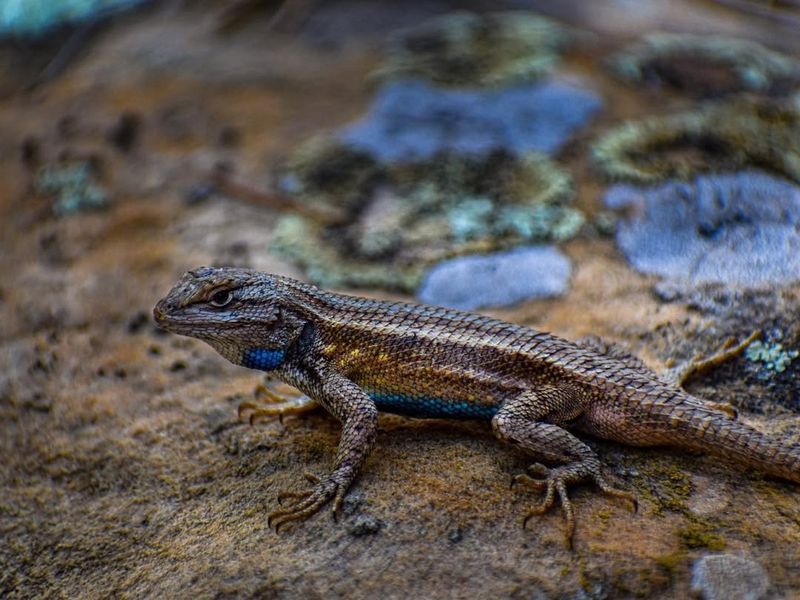
Lizards are natural pest controllers, feasting on a variety of insects that often plague gardens and homes. By keeping bug populations in check, they contribute to ecological balance and reduce the need for chemical pesticides.
Their presence in gardens is a boon for natural pest management. Encouraging lizards in outdoor spaces can lead to a healthier, bug-free environment.
7. Incredible Wall Climbers
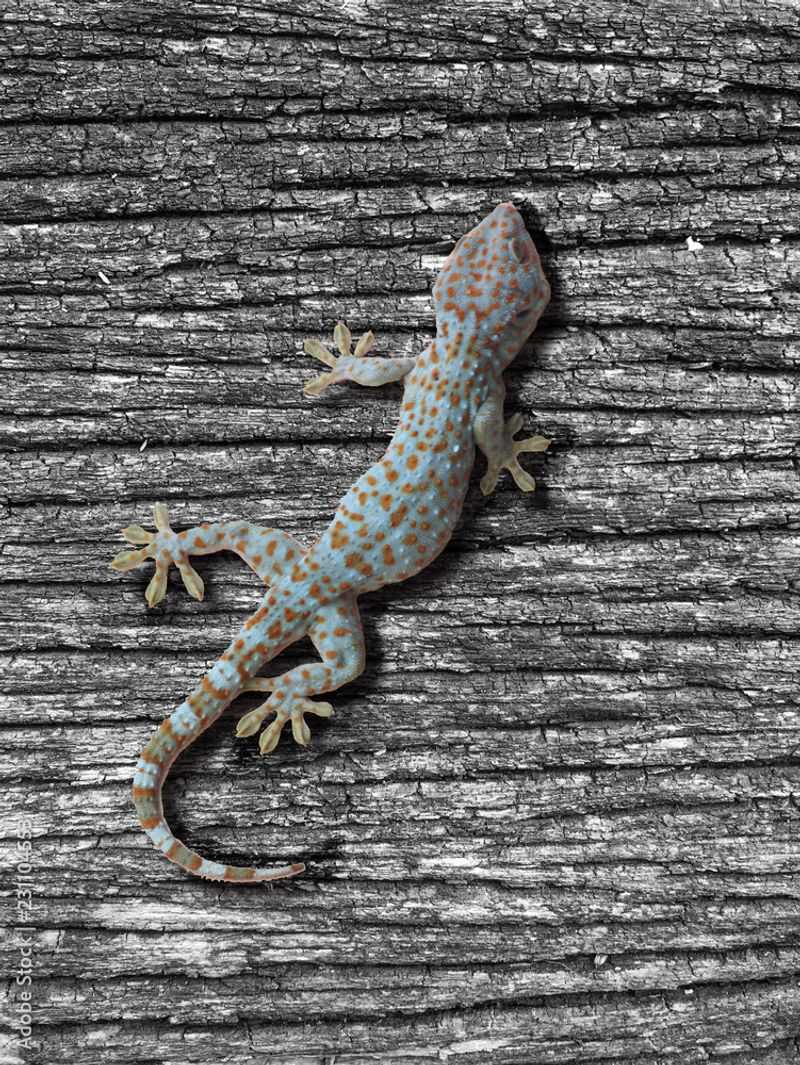
Geckos defy gravity with their ability to climb smooth surfaces, thanks to specialized toe pads. These pads contain millions of tiny hairs, creating a powerful adhesive force through molecular interactions.
Their climbing prowess allows them to explore diverse environments in search of food and shelter. Geckos are nature’s own Spiderman, scaling walls effortlessly.
8. Diverse Dietary Habits
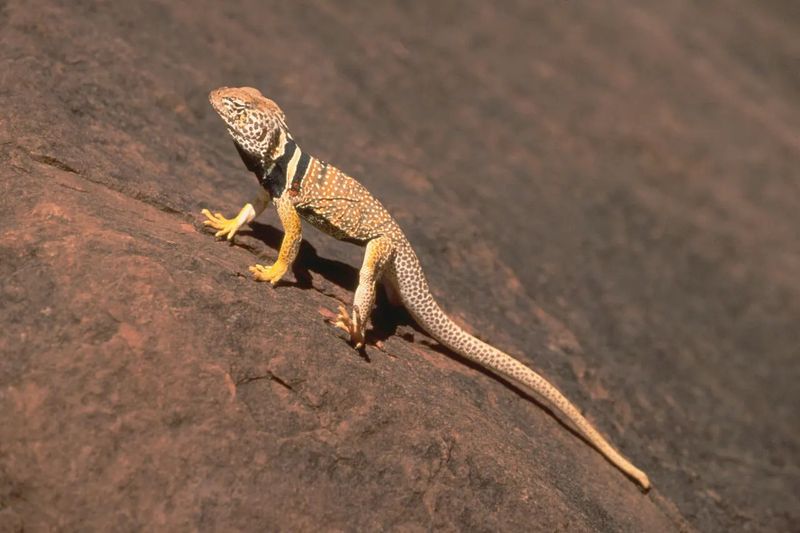
Lizards exhibit diverse dietary preferences, ranging from strict carnivores to omnivores. While some thrive on a diet of insects, others enjoy fruits and vegetation.
This flexibility allows them to adapt to different ecosystems and food availabilities.
Their varied diet contributes to environmental balance by managing prey populations and promoting plant growth.
9. Ancient Lineage
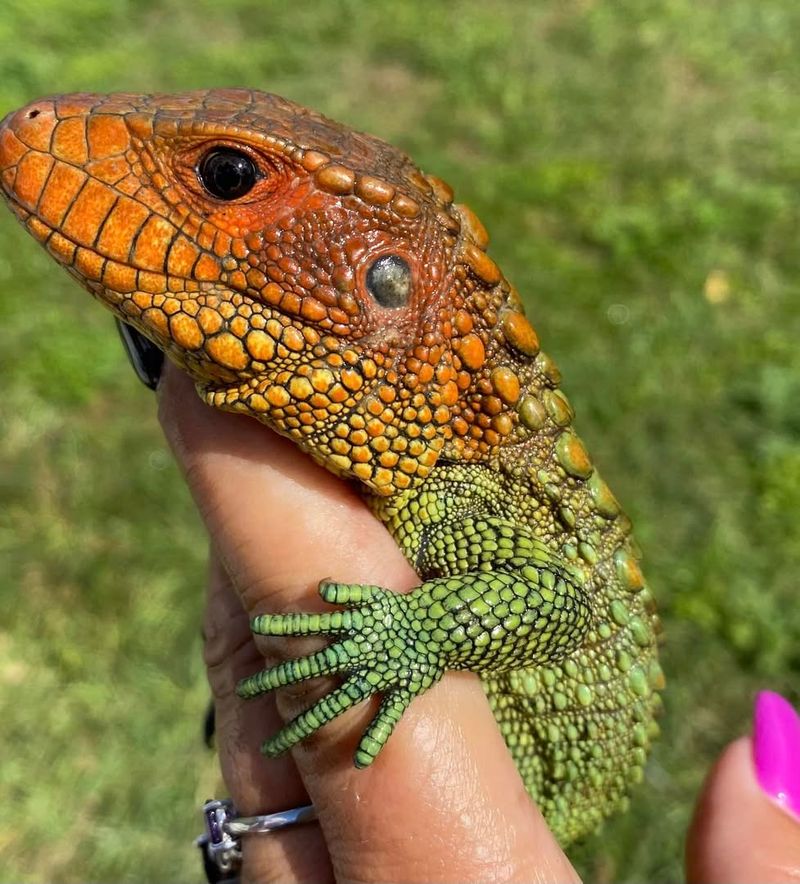
Lizards boast an ancient lineage, tracing back millions of years to the age of dinosaurs. Their evolutionary journey has seen incredible diversification, resulting in the vast array of species we see today.
This long history speaks to their adaptability and resilience. Studying lizard fossils offers insights into the evolution of reptiles and the Earth’s past environments.
10. Social Creatures
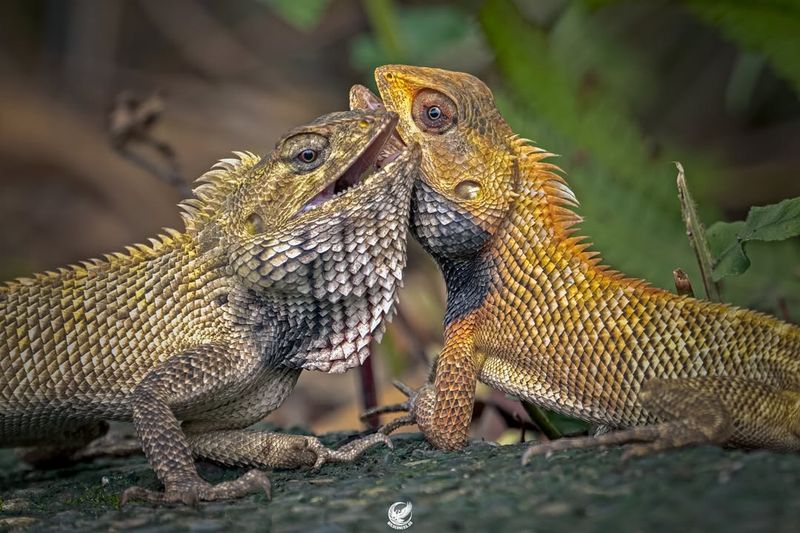
Contrary to popular belief, many lizards engage in social behaviors, forming complex social structures. They communicate through visual signals, vocalizations, and scent markings.
Social lizards can be observed basking together or performing synchronized movements. This group behavior highlights their adaptability and intelligence in forming bonds and communities.
11. Environmental Indicators
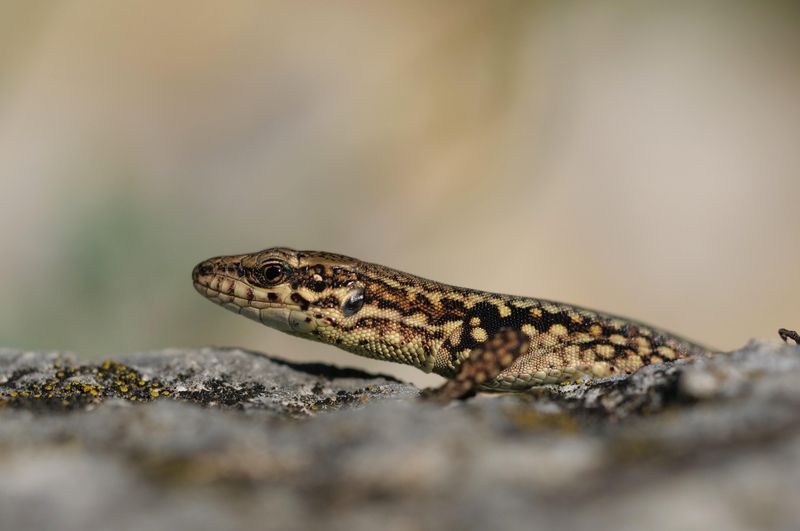
Lizards serve as vital environmental indicators, sensitive to changes in their habitat. Their presence or absence can reveal much about the health of an ecosystem.
Changes in lizard populations often signal pollution or habitat degradation, making them crucial for ecological monitoring.
Protecting their habitats ensures their survival and aids in maintaining ecological balance.
12. Efficiency In Energy Use
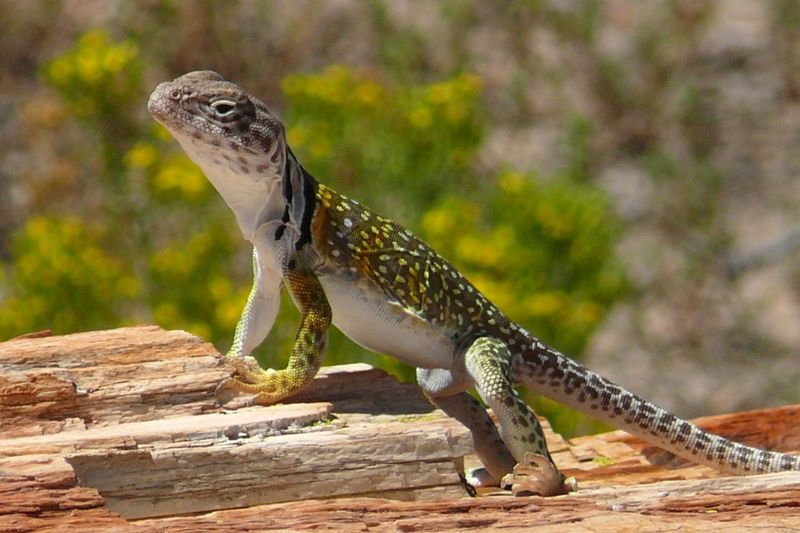
Lizards are masters of energy conservation, utilizing basking as a means to regulate body heat without expending much energy. This efficient use of energy allows them to endure long periods without food.
Their ability to balance energy intake and expenditure is key to their survival in harsh environments. Lizards exemplify the art of living efficiently in nature.
13. Vocal Communicators
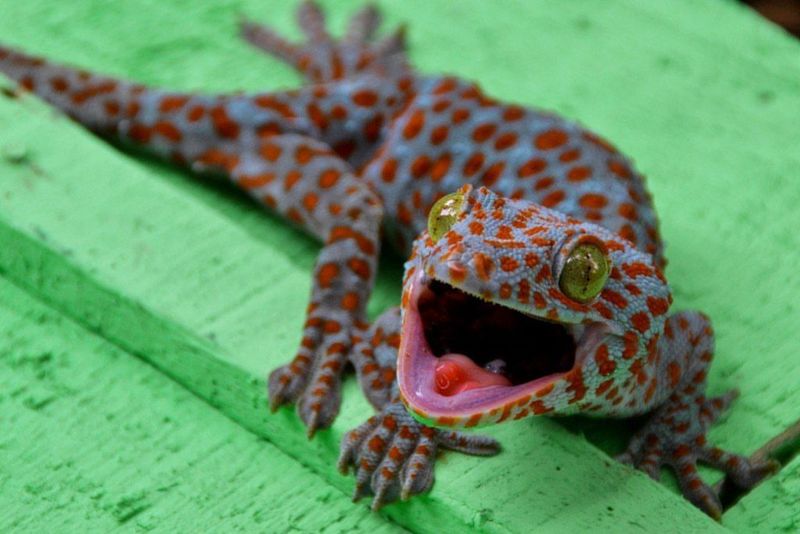
While many assume lizards are silent, geckos break the mold with their vocalizations.
These sounds range from clicks and chirps to barks, used in social interactions or territorial disputes. The vocal abilities of geckos are complex, allowing them to convey various messages.
Their chirping serenades are a testament to the rich social lives of lizards.
14. Fascinating Reproduction
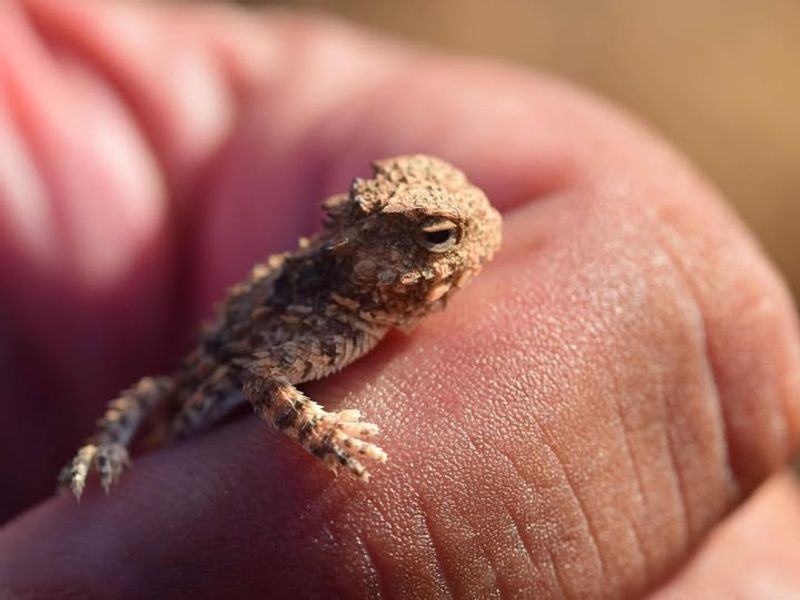
Lizard reproduction is an area of endless fascination, marked by diverse strategies and adaptations. Some lay eggs while others give birth to live young.
Courtship rituals can be elaborate, involving displays and vocalizations. These reproductive methods ensure the continuation of their species, adapting to various environmental challenges.
Understanding lizard reproduction sheds light on their resilience and evolutionary success.
15. Colorful Displays
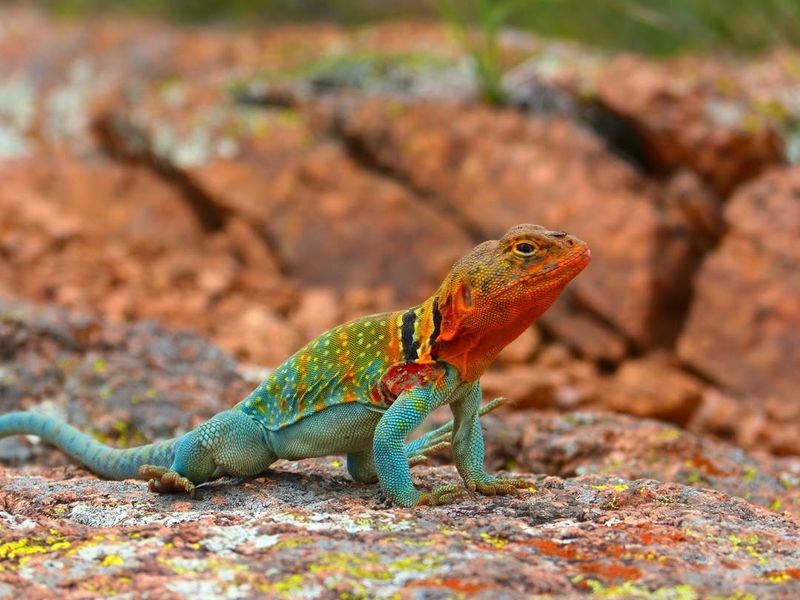
Many lizards exhibit striking colors, particularly during courtship or territorial displays. These vivid displays serve to attract mates or ward off rivals.
The ability to change colors rapidly for communication purposes is a testament to their complex social interactions. Observing these color changes offers insight into lizard communication and behavior.
16. Adaptable Survivors
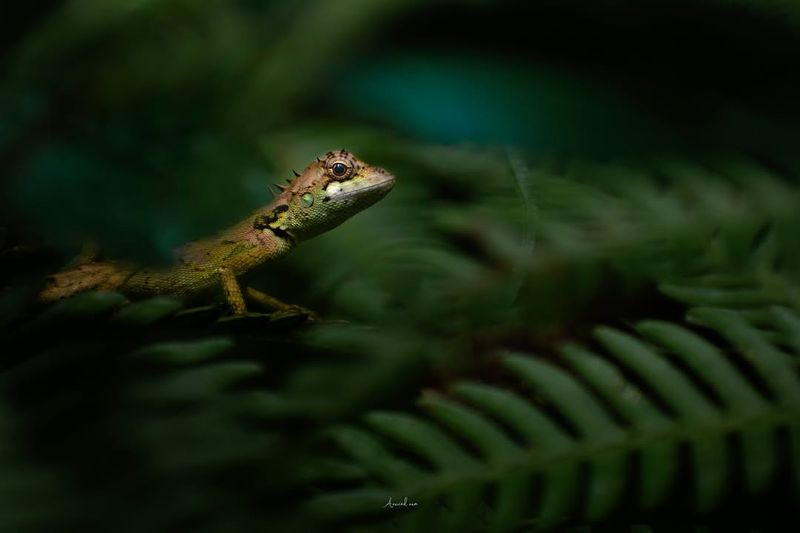
Lizards are exemplary survivors, thriving in some of the planet’s harshest environments. From scorching deserts to dense rainforests, they adapt with remarkable ease.
Their physiological and behavioral adaptations enable them to find food, shelter, and mates in challenging conditions.
This resilience underscores the extraordinary capabilities of lizards as highly adaptable creatures.
17. Scientific Research Subjects
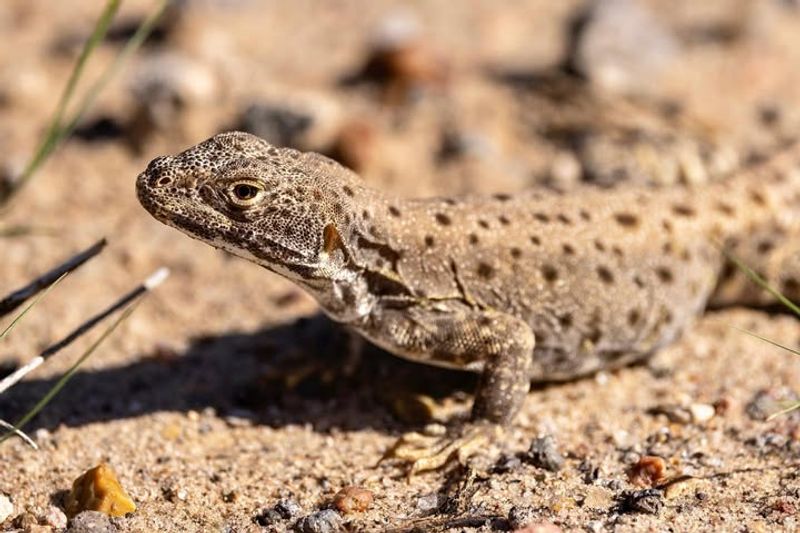
Lizards play an important role in scientific research, contributing to our understanding of genetics, physiology, and ecology.
Their unique traits make them ideal model organisms for various studies. Research on lizards has led to breakthroughs in regenerative medicine, thermoregulation, and evolution.
Their continued study helps unravel the mysteries of life and the natural world.


